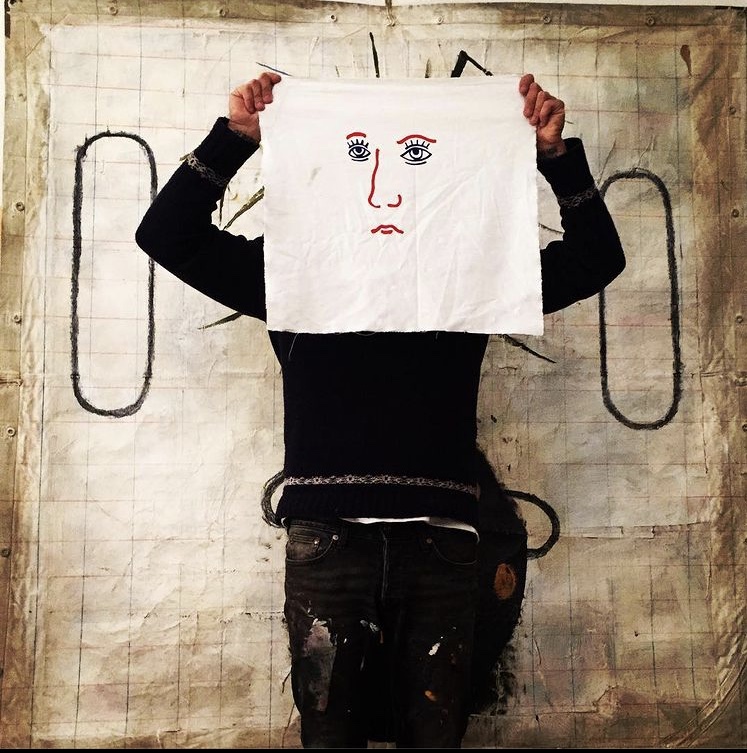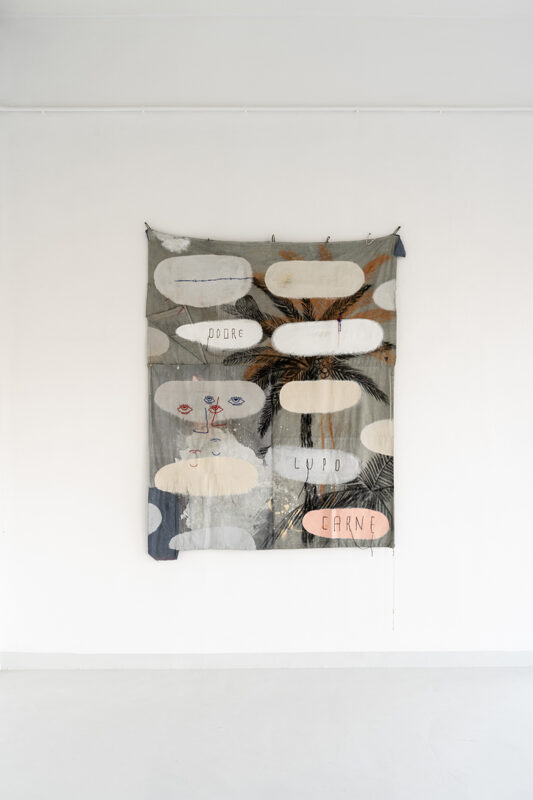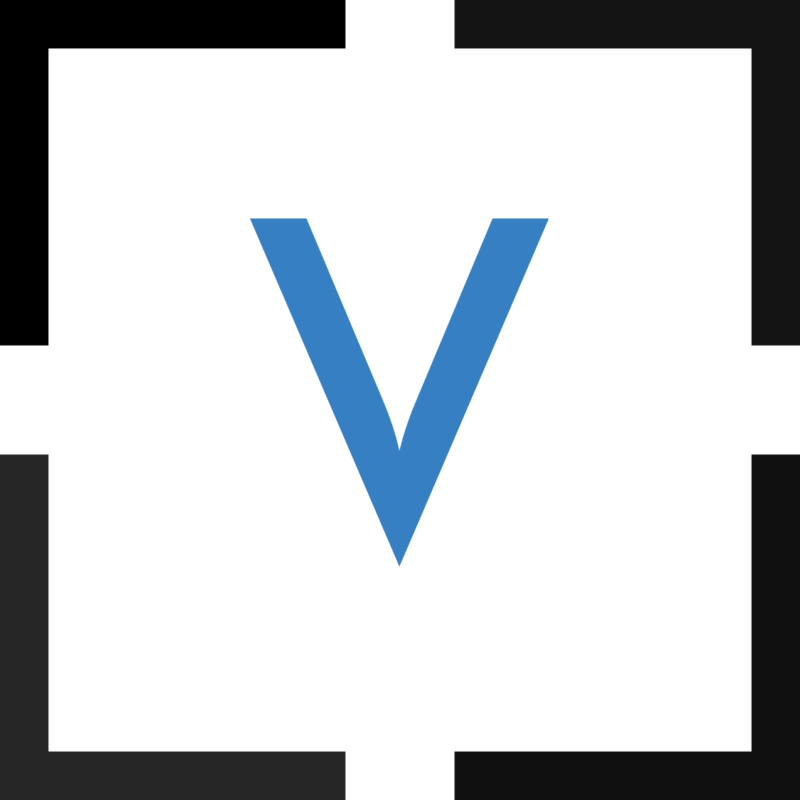INTERVIEW WITH MATTEO GIUNTINI
by Vera Canevazzi and Caterina Frulloni
1) Where do you live, where have you lived and where would you like to live?
I was born in Livorno, through my work I move far and wide, for a period I lived in London. At the moment I live between Rome and Livorno where I have my two studios. I like this nomadic reality of my life, it makes me appreciate new things and warms me up when I return home. At the moment I don't know where I would like to live in the future, I don't plan my life very much, I am very instinctive.
2) How much has your artistic production changed over the years? Have there been any significant events that have led you to a change in poetics and expression?
At the beginning I dedicated myself to painting more pop, closer to the style of comics, with very strong black borders, but it was an immature speech, where I was still trying to understand my direction. Over the years I began to work with galleries and slowly my path became more and more defined, then with greater maturity I began to focus on issues that really interested me as man as nature and its grotesque and clumsy facets. Often my stories come from a piece I read, a song I listened to. Also being man, animal and nature I reflect myself in the outside world.
3) Where do your works come from?
The genesis of a painting may derive from a word that may seem futile, but for me it becomes a hook and I begin to work on it, until I arrive at small stories of the absurd, where the internal logic is irrational. Years ago in my production the word was more present, in word games in which I exchanged consonants or inverted letters to create new ones. Later, however, I began to insert words in a purely random way. Now, however, the writings on the works serve to confuse the viewer: it is a reflection that also brings into play the creative thinking of the viewer. In any case, I always start from the image, but I work in layers and superimpositions: the word is a moment of reflection within the work.
4) What are your critical reference texts?
In this period Verde Brillante by Stefano Mancuso, a world-renowned scientist and professor of plant neurobiology at the University of Florence. A text that talks about the intelligence and sensitivity of the plant world, where plants like other living beings have personalities, possess the five senses like us, exchange information and interact with animals. Crazy.
5) Who are your reference artists (yesterday and today)?
Yesterday's certainly all the American scene of the 70s and 80s, at the moment Antonio Ligabue and Julian Schnabel, two artists at odds with each other but in their imagery I find my own.
6) What is your music genre of appearance?
I come from punk rock as a musician and as a listener even though I don't listen to it as avidly today as I used to.
7) Are you a musician?
From 1994 to 2004 I played in a band, we did punk rock, in those years the punk scene was very strong in Italy and we were part of it, for the most part we played in social centers, the beautiful ones, the real ones, to name two at random Leoncavallo in Milan and Forte Prenestino in Rome. We called ourselves Deh Pills, we were not good musicians individually but together we created something very catchy and credible.
8) What music do you listen to when you paint?
Music is fundamental for me, choosing it is the first thing I do in the studio. I use it as an ingredient, for example to make Zizzania at MACRO I listened exclusively to Vinicio Capossela's latest album, which gave me many ideas on how to represent the work. Now instead I'm listening to a lot of 90s rap and I put jazz for the finishing touches. The stimuli that I receive at a sound level, in general, are always fundamental in their metamorphosis into a track.
9) Where and how do you work? Do you need certain conditions to enter the creative process?
When I paint I need to be alone. I always need a period of two or three days to get everything in place after the hustle and bustle of a production.
10) In the creative phase, how much do you act on instinct and how much are you planning?
30 percent planning and 70 percent instinct. I draw very little with pencil or pen, I work immediately with color, and often a gesture or a stain gives me an idea to continue the story, it's a chain reaction.
11) How important are external influences in the creation of a work (e.g. the perception of the public or the space in which the works are located)?
I always think of every project as a choral project, as a unitary whole, depending also on the space, the light or the location. If I have to work with other artists I don't like competition, but I always look for a dialogue in every project.
Spatial conditioning, on the other hand, often gives me ideas and suggestions for developing the works.
12) What does the dimension of chaos concern for you: the creative process, the perception of reality or culture in general?
Chaos helps me in what I do, it's an ingredient I exploit often. There are many works in which my conclusion is almost a total cancellation. Until the last second I think I'm making a mistake, then I realize that actually - using that little extra courage - I get a result I like.
13) What is the invisible for you?
In my practice I make visible what is not visible to others.



Interview given on the occasion of the exhibition
CAOS. The balance of painting
ANTONIO DE LUCA | 108 | MATTEO GIUNTINI
ZAION GALLERY Biella
FEBRUARY - MAY 2021
ART DIRECTOR: Zaira Beretta
CRITICAL TEXT AND INTERVIEWS: Vera Canevazzi and Caterina Frulloni

